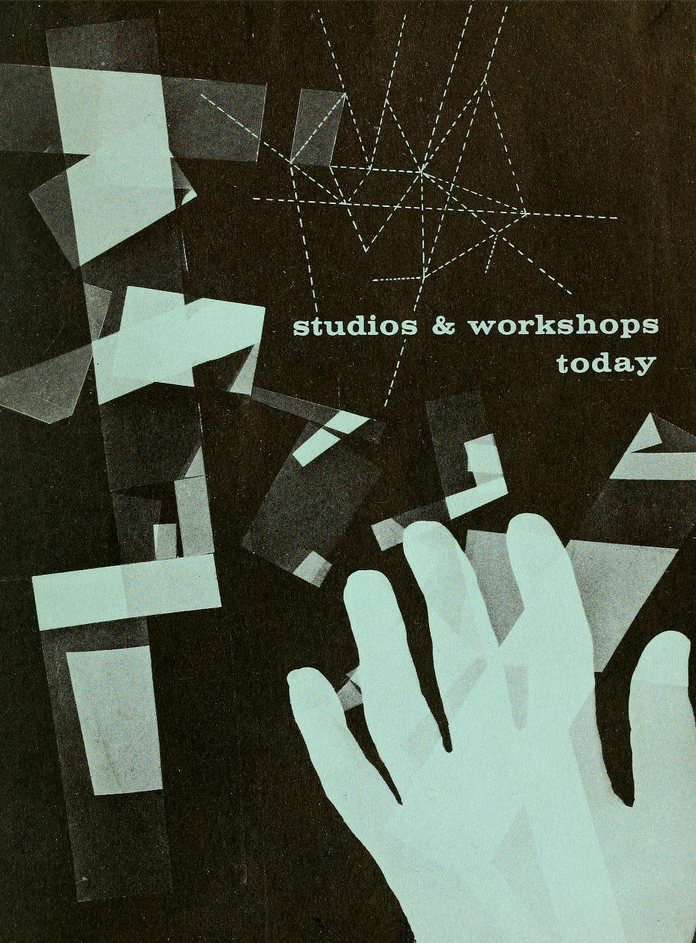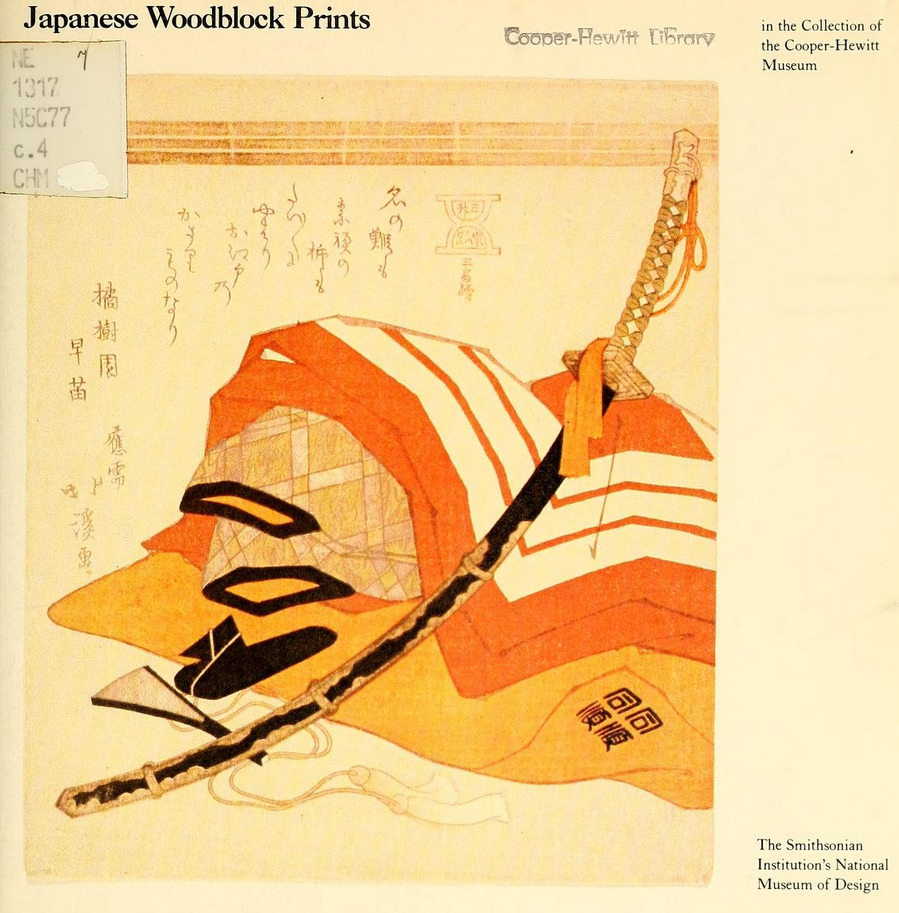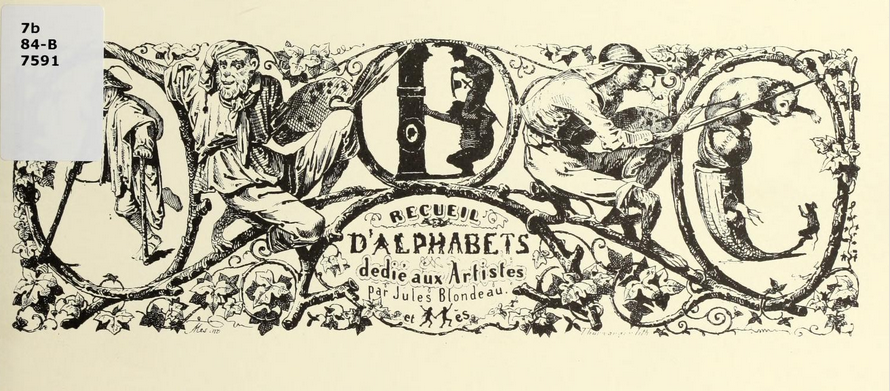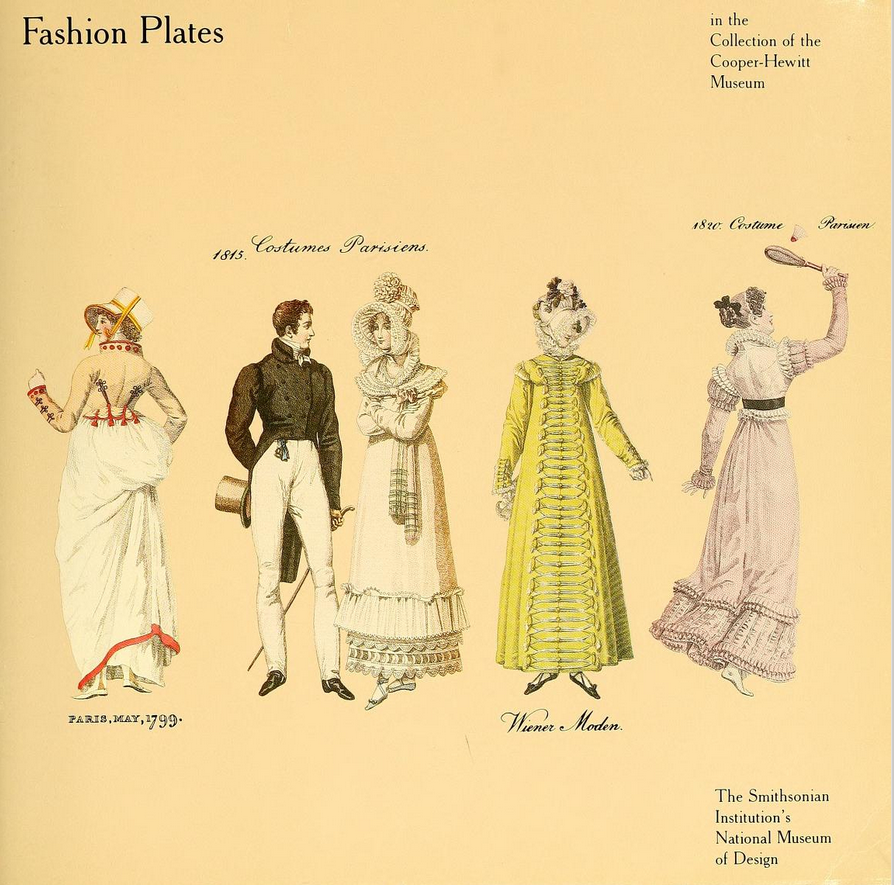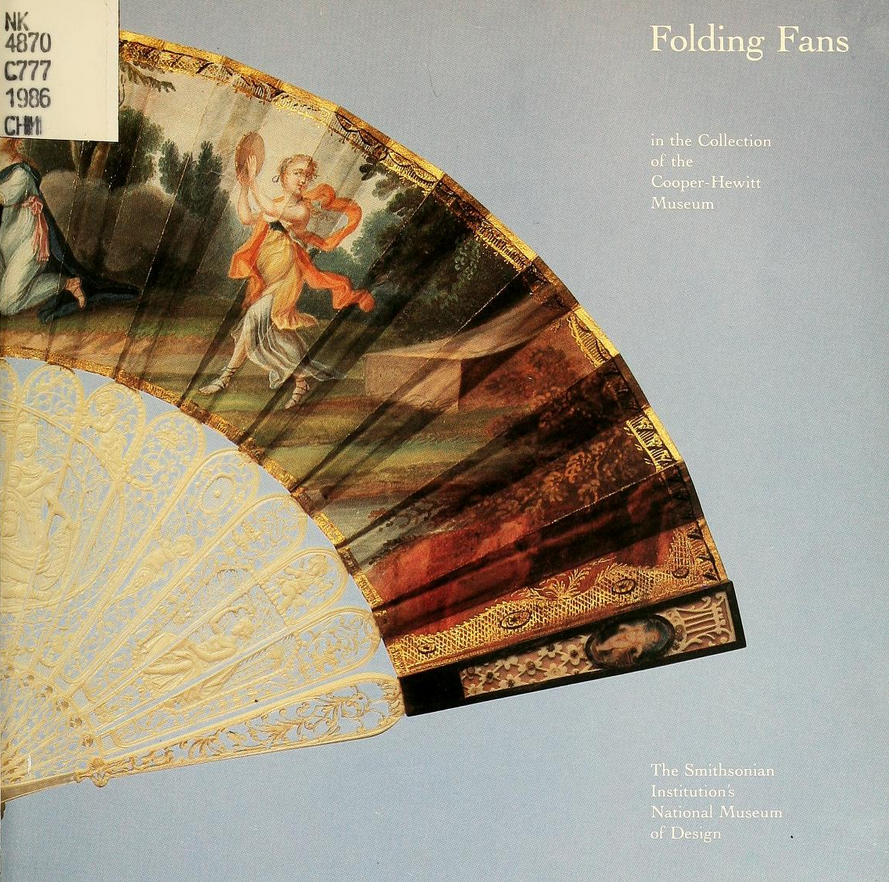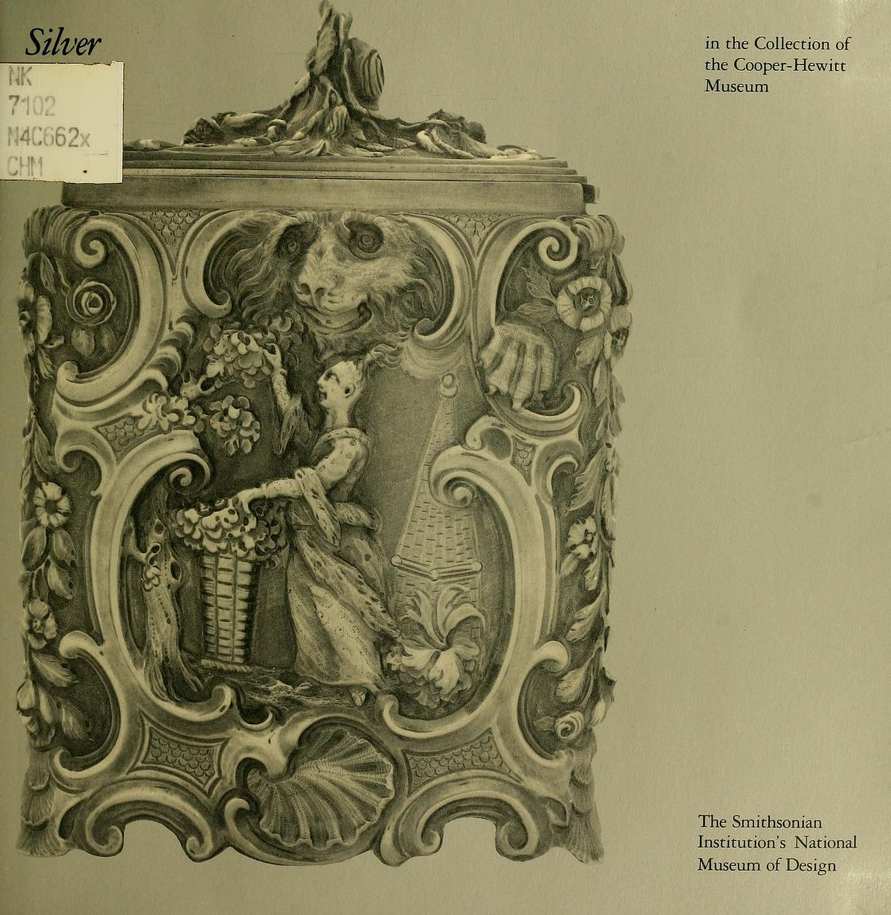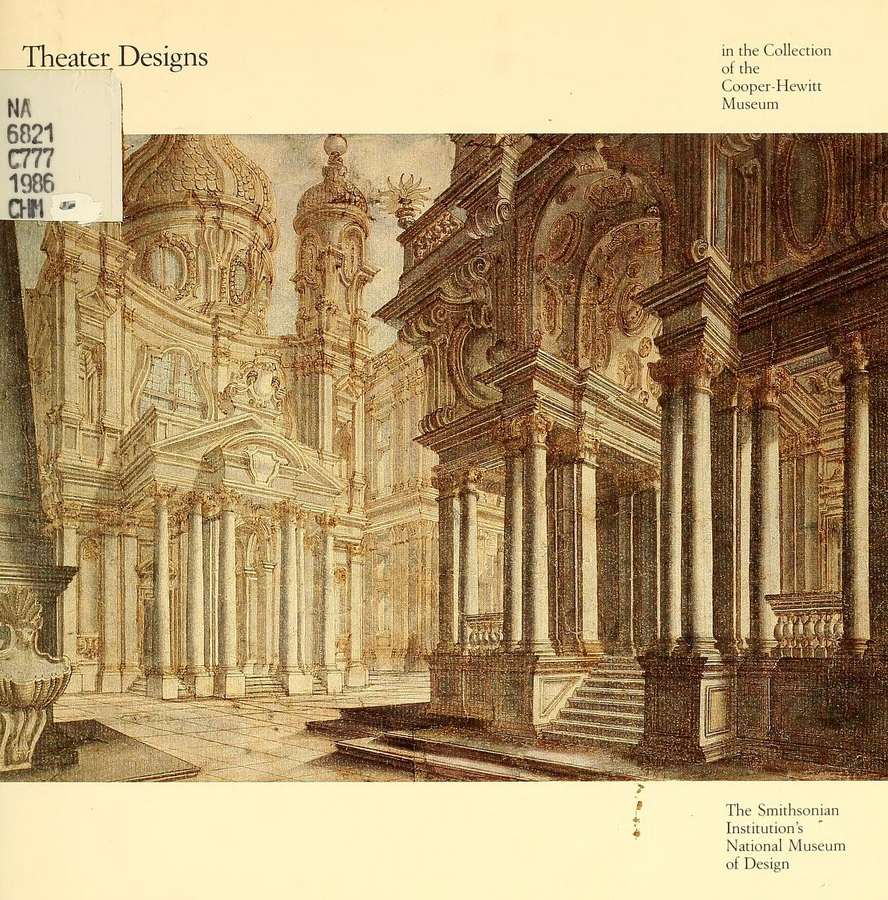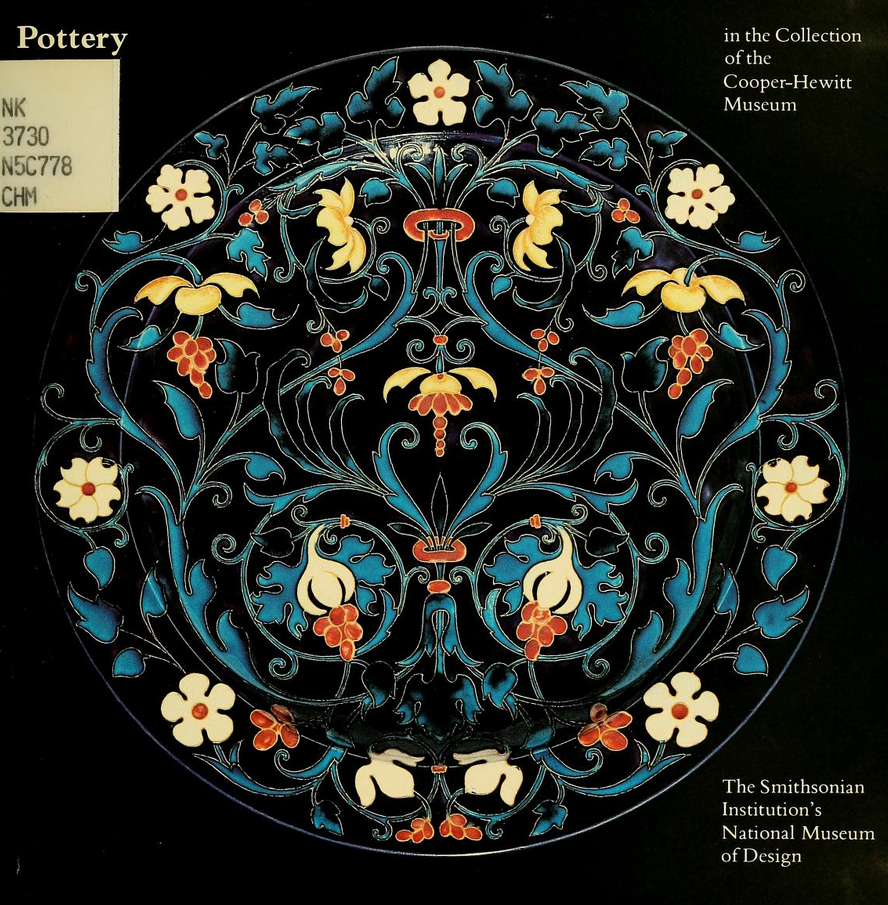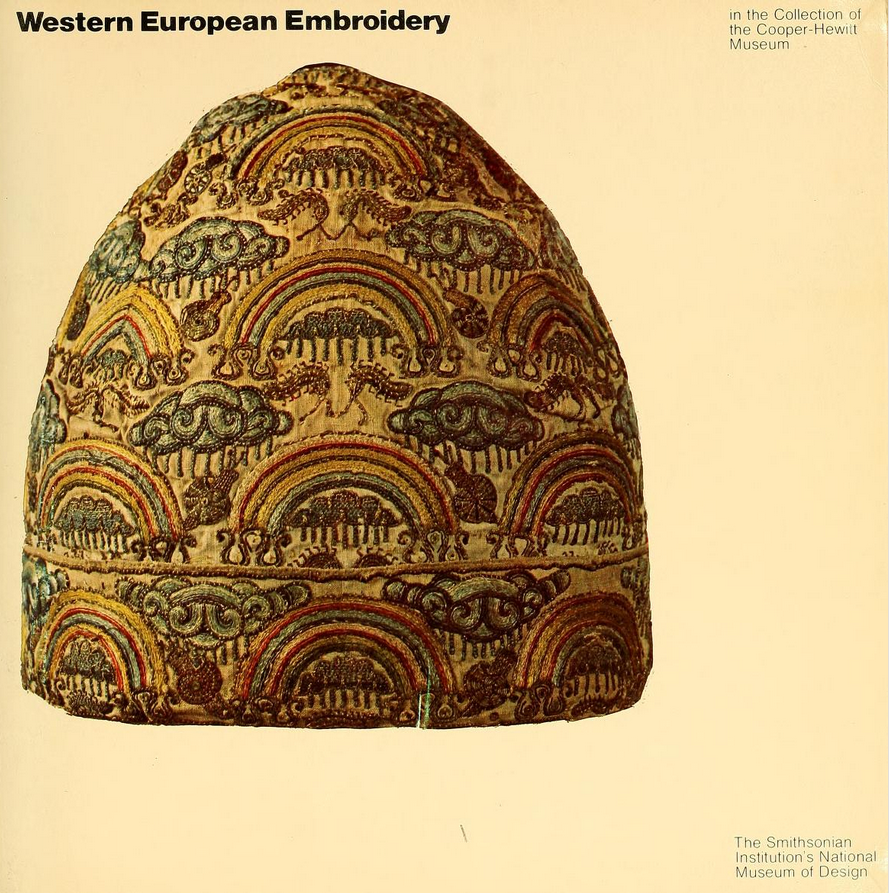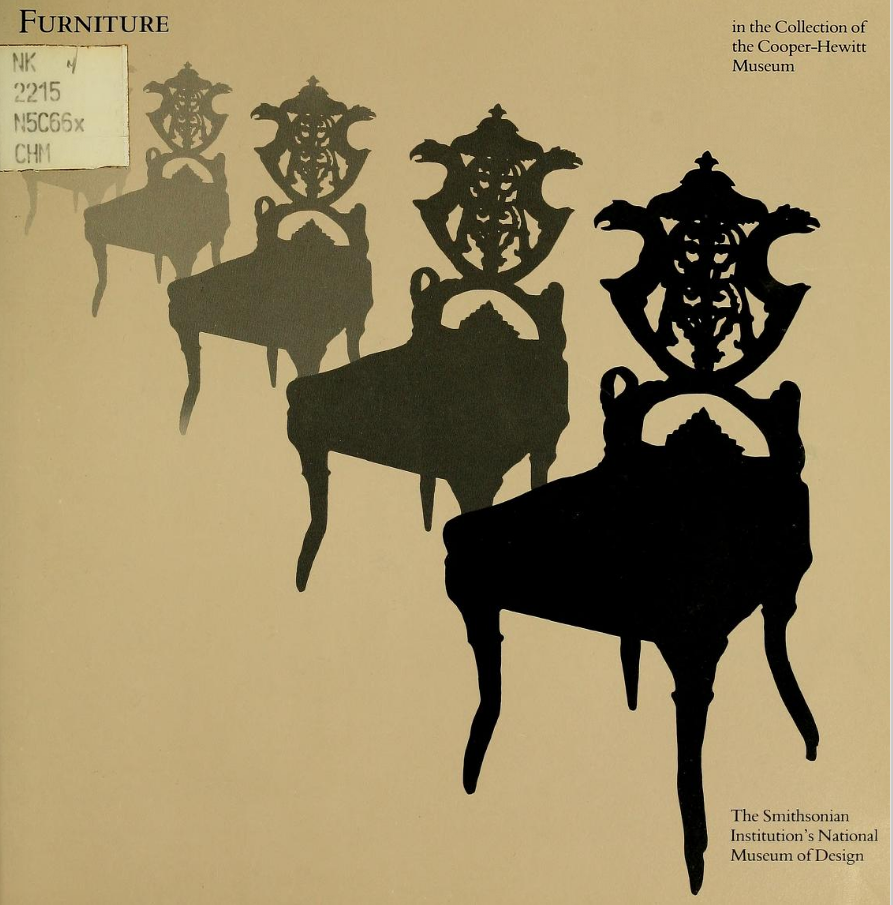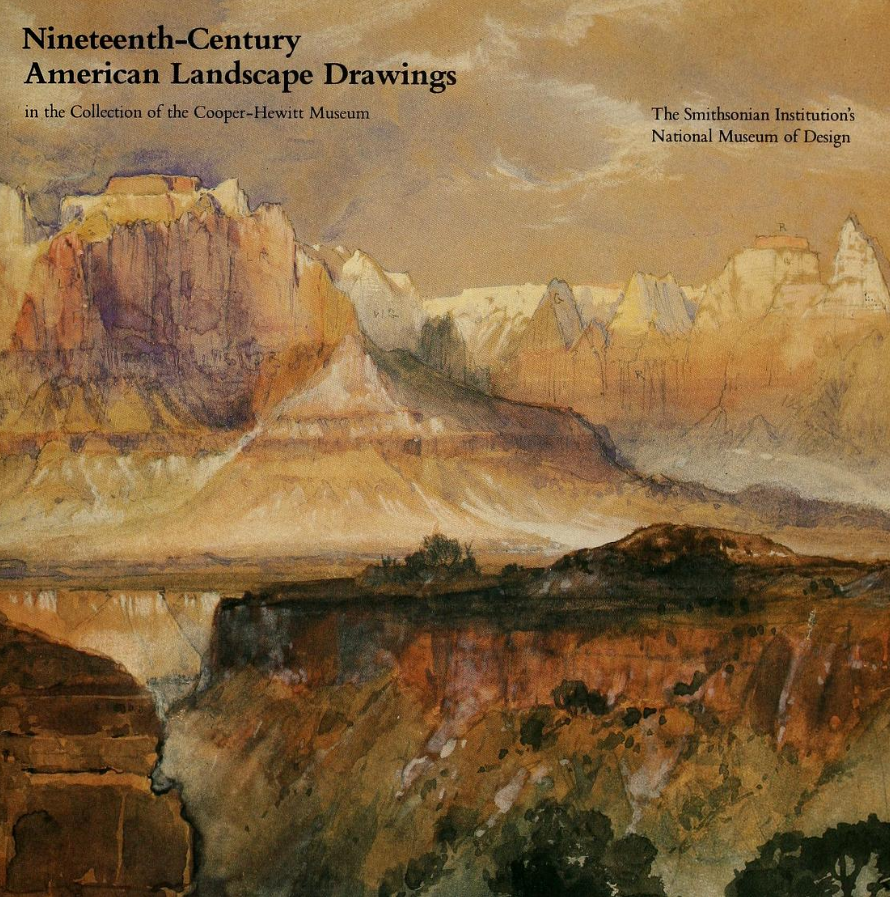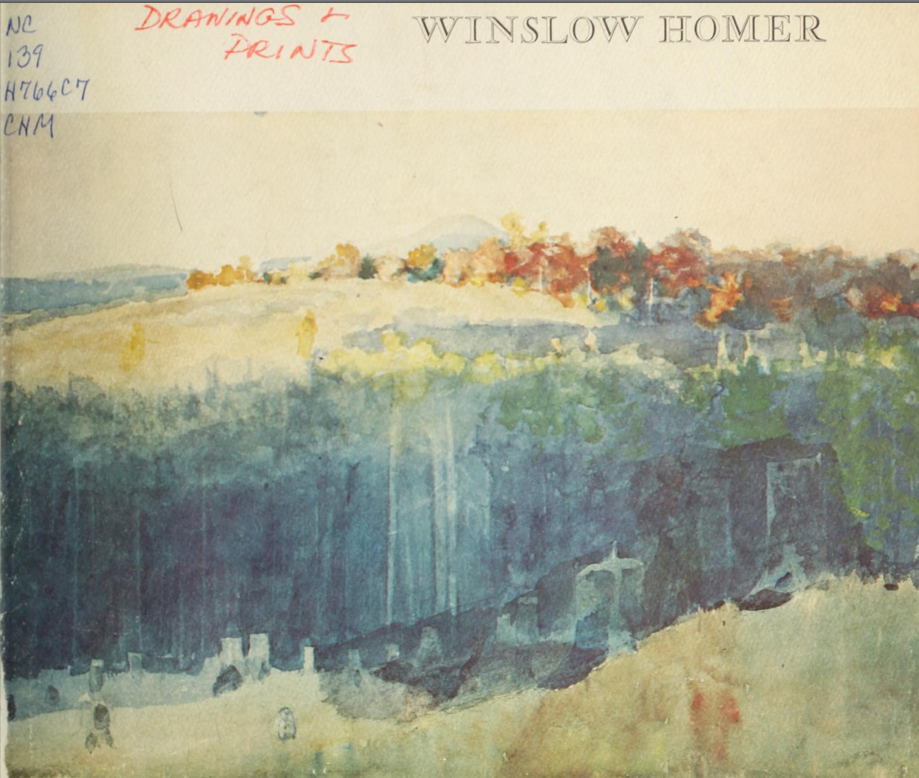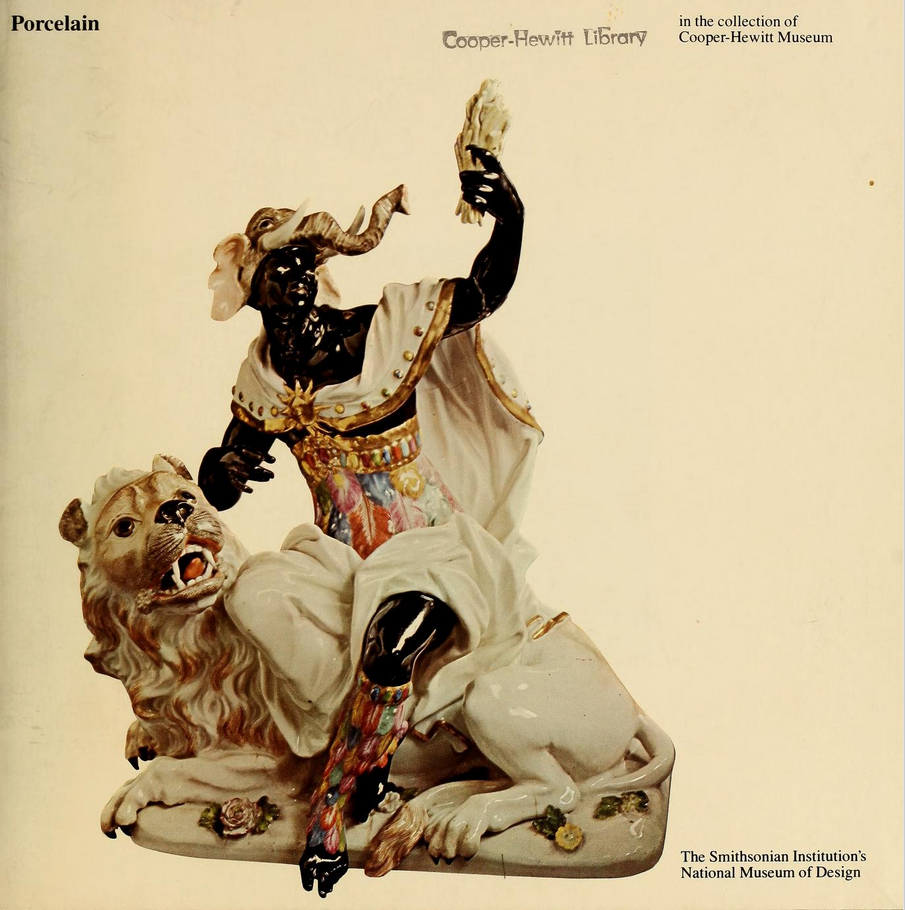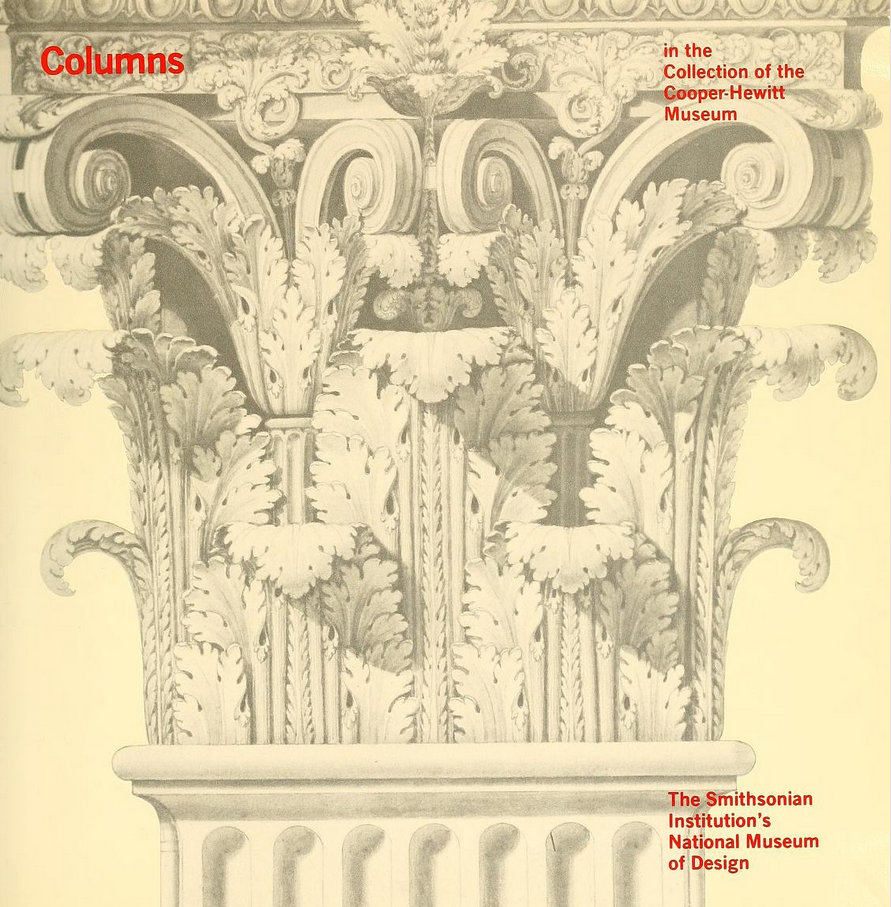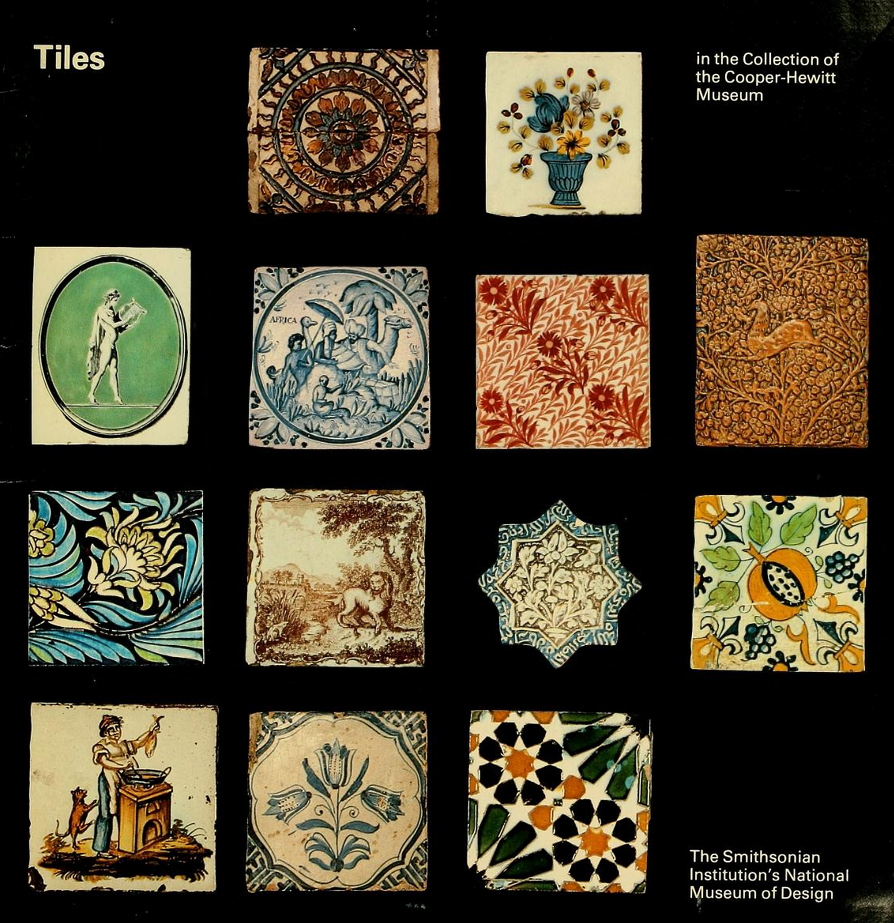An illustrated directory of ceramics and textile artists in the New York City area in 1957.
Woodblock printing, an ancient craft, rose to its greatest heights in Japan during the period from the mid-seventeenth to the mid-nineteenth centuries.
A collection of several hand-drawn alphabets, recreated one per page.
In the days before photographs, detailed fashion illustrations were used to portray trends in various periodicals.
In its early history as a costume accessory in the East and later in the West, the fan served as a symbol of rank or status held only in the hands of the rich and powerful.
Designers and craftsmen in the precious metals have traditionally held a distinguished place in the history of design and decorative arts.
While video technology allows us to document theater more easily today, the only visual hint we have of theater in previous times is through designs for theater architecture, costumes and sets.
Nearly all cultures from prehistoric times to the present have produced some form of pottery.
A sampling of the many hundreds of embroidered items in the Cooper Hewitt collection.
The history of furniture is a record of the continuity of design through changing social patterns and customs.
America's national identity in the nineteenth century was largely dependent on its landscape. The museum's large holdings of landscapes sheds light on the period.
The museum's collection of drawings, paintings, and watercolors is one of the most complete representations of a nineteenth-century American artist in any museum.
Tracing 3 centuries of discovery and development of different types of porcelain in Europe and the US.
A look at the appearance of the iconic classical structure in drawings, furniture, photos, birdcages, wallpaper & more.
Tracing the colorful history of the craft of ceramic tile-making over 400 years.
